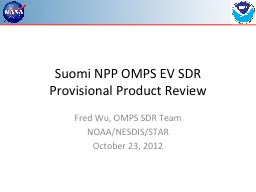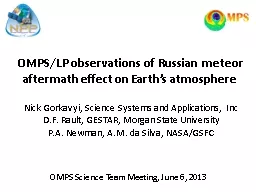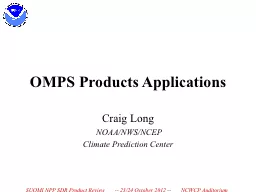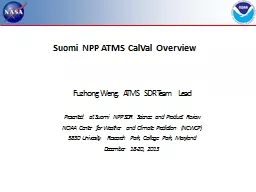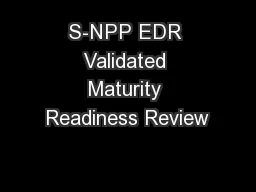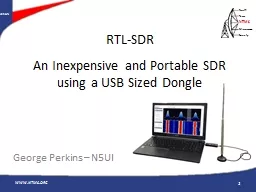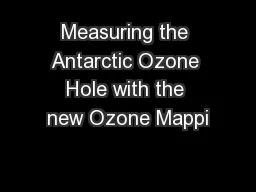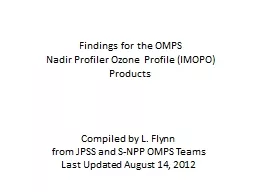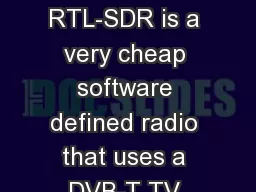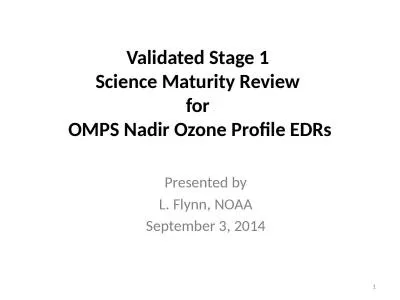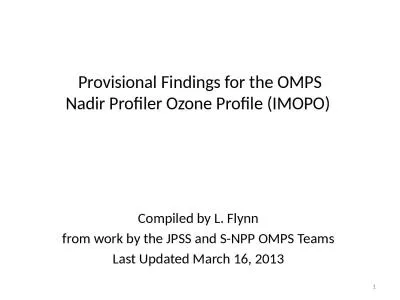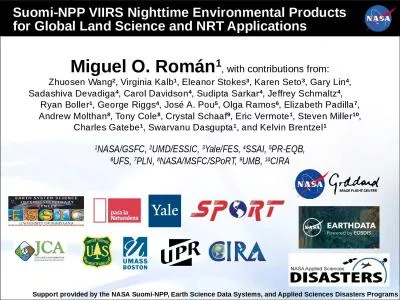PPT-Suomi NPP OMPS EV SDR Provisional Product Review
Author : cheryl-pisano | Published Date : 2016-06-24
Fred Wu OMPS SDR Team NOAANESDISSTAR October 23 2012 OMPS Ozone Mapper Profiler Suite Global and daily monitoring of three dimensional distribution of ozone and
Presentation Embed Code
Download Presentation
Download Presentation The PPT/PDF document "Suomi NPP OMPS EV SDR Provisional Produc..." is the property of its rightful owner. Permission is granted to download and print the materials on this website for personal, non-commercial use only, and to display it on your personal computer provided you do not modify the materials and that you retain all copyright notices contained in the materials. By downloading content from our website, you accept the terms of this agreement.
Suomi NPP OMPS EV SDR Provisional Product Review: Transcript
Download Rules Of Document
"Suomi NPP OMPS EV SDR Provisional Product Review"The content belongs to its owner. You may download and print it for personal use, without modification, and keep all copyright notices. By downloading, you agree to these terms.
Related Documents

